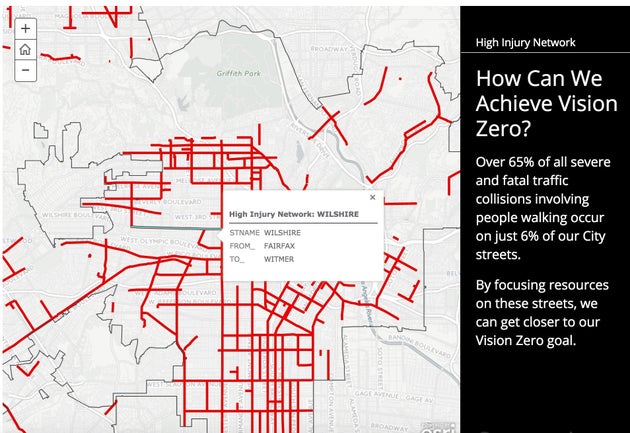Paper by Kayvon Modjarrad et al in PLOS Med: “…When a new or re-emergent pathogen causes a major outbreak, rapid access to both raw and analysed data or other pertinent research findings becomes critical to developing a rapid and effective public health response. Without the timely exchange of information on clinical, epidemiologic, and molecular features of an infectious disease, informed decisions about appropriate responses cannot be made, particularly those that relate to fielding new interventions or adapting existing ones. Failure to share information in a timely manner can have disastrous public health consequences, leading to unnecessary suffering and death. The 2014–2015 Ebola epidemic in West Africa revealed both successful practices and important deficiencies within existing mechanisms for information sharing. For example, trials of two Ebola vaccine candidates (ChAd3-ZEBOV and rVSV-ZEBOV) benefited greatly from an open collaboration between investigators and institutions in Africa, Europe, and North America . These teams, coordinated by the WHO, were able to generate and exchange critical data for the development of urgently needed, novel vaccines along faster timelines than have ever before been achieved. Similarly, some members of the genome sequencing community made viral sequence data publicly available within days of accessing samples , thus adhering to their profession’s long-established principles of rapid, public release of sequence data in any setting. In contrast, the dissemination of surveillance data early in the epidemic was comparatively slow, and in some cases, the criteria for sharing were unclear.
In recognition of the need to streamline mechanisms of data dissemination—globally and in as close to real-time as possible—the WHO held a consultation in Geneva, Switzerland, on 1–2 September 2015 to advance the development of data sharing norms, specifically in the context of public health emergencies….
preservation of global health requires prioritization of and support for international collaboration. These and other principles were affirmed at the consultation (Table 1) and codified into a consensus statement that was published on the WHO website immediately following the meeting (http://www.who.int/medicines/ebola-treatment/data-sharing_phe/en/). A more comprehensive set of principles and action items was made available in November 2015, including the consensus statement made by the editorial staff of journals that attended the meeting (http://www.who.int/medicines/ebola-treatment/blueprint_phe_data-share-results/en/). The success of prior initiatives to accelerate timelines for reporting clinical trial results has helped build momentum for a broader data sharing agenda. As the quick and transparent dissemination of information is the bedrock of good science and public health practice, it is important that the current trends in data sharing carry over to all matters of acute public health need. Such a global norm would advance the spirit of open collaboration, simplify current mechanisms of information sharing, and potentially save many lives in subsequent outbreaks….(More)”

